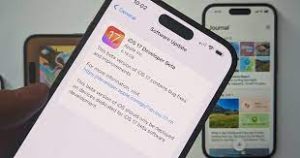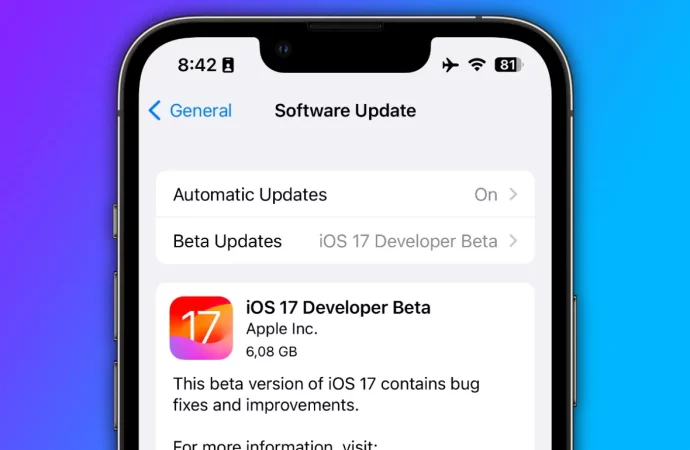Introduction: App testing in beta software is a critical phase for developers to identify and fix bugs, optimize performance, and ensure a smooth user experience before the official release. Below are some essential testing strategies that developers can employ during the beta phase to deliver a high-quality app: Regression Testing: Conduct regression testing to ensure
Introduction:
App testing in beta software is a critical phase for developers to identify and fix bugs, optimize performance, and ensure a smooth user experience before the official release. Below are some essential testing strategies that developers can employ during the beta phase to deliver a high-quality app:
Regression Testing:
Conduct regression testing to ensure that new features or changes introduced in the beta version do not negatively impact existing functionality. Repeating tests from previous versions helps catch potential bugs or conflicts.
Functional Testing:
Verify that all features and functionalities work as intended in the beta version. Test each feature thoroughly, covering all possible use cases to ensure they meet the desired specifications.
Usability Testing:
Gather feedback from beta users to assess the app’s usability. Analyze user interactions, preferences, and pain points to refine the user interface and overall user experience.
Compatibility Testing:
Test the app across different devices, operating systems, and screen sizes to ensure compatibility. This includes testing on various smartphones, tablets, and even across different browser versions (if the app has a web component).
Performance Testing:
Assess the app’s performance under various conditions, such as high traffic, low network connectivity, or low device resources. Identify and address bottlenecks affecting the app’s speed and responsiveness.
Security Testing:
Evaluate the app’s security measures and identify potential vulnerabilities. Ensure that user data is handled securely, and the app is protected against common security threats.

Image by: https://www.lifewire.com/
Stress Testing:
Subject the app to extreme conditions, such as high user loads or concurrent connections, to evaluate its stability and resilience. This testing helps uncover issues related to server capacity and response time.
Localization Testing:
If the app targets multiple regions, ensure it works well with different languages, cultural preferences, and date/time formats. Verify that all localized content appears correctly.
Feedback Collection:
Encourage beta testers to provide feedback through bug reporting mechanisms or surveys. Actively engage with them to understand pain points, suggestions, and areas for improvement.
Automated Testing:
Implement automated test scripts to perform repetitive and time-consuming tests efficiently. This helps maintain consistency and quickens the testing process.
Update Testing:
Test the app’s ability to handle updates from the previous version to the beta version without data loss or corruption. This ensures a seamless transition for existing users.
Battery Consumption Testing:
Assess the app’s impact on device battery life. Identify any excessive battery drain and optimize the app’s power consumption.
Error Handling and Recovery:
Validate that the app handles errors gracefully and provides appropriate error messages to users. Ensure that it recovers correctly from unexpected scenarios.

Image by: https://www.digitaltrends.com/
Network Testing:
Evaluate the app’s performance under varying network conditions, such as slow or intermittent connections, to ensure a smooth user experience in real-world scenarios.
Accessibility Testing:
Test the app for accessibility compliance to ensure it is usable by people with disabilities. Check for compatibility with screen readers, color contrast, and other accessibility features.
By following these strategies and actively involving beta testers in the app testing process, developers can gather valuable feedback, identify issues, and fine-tune their apps for a successful and well-received official release.

















Leave a Comment
Your email address will not be published. Required fields are marked with *